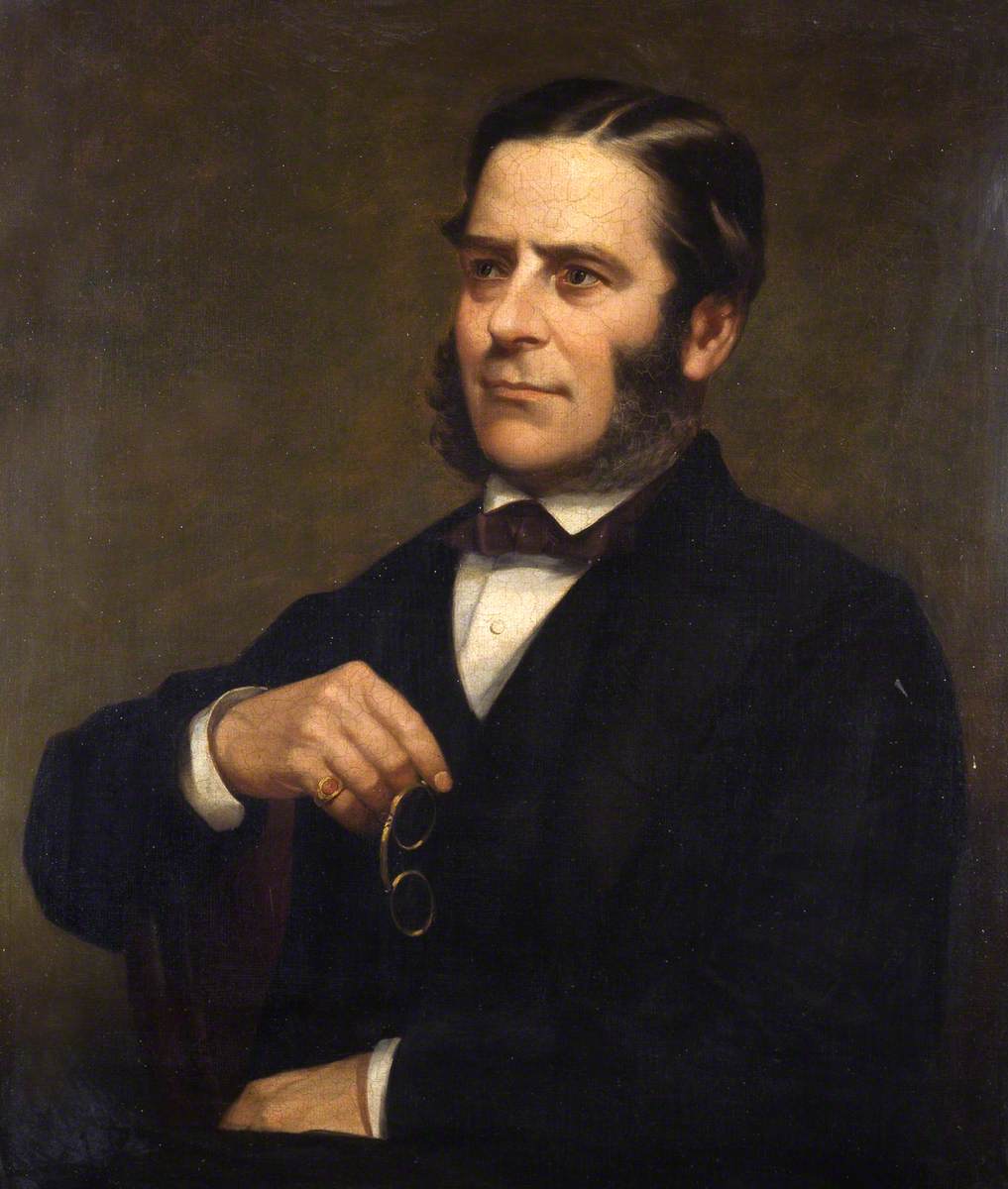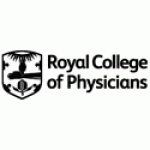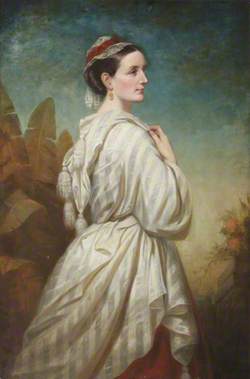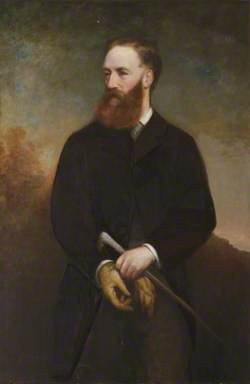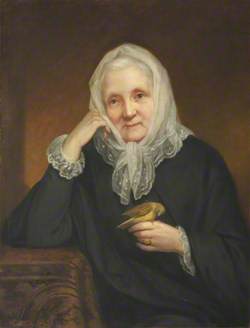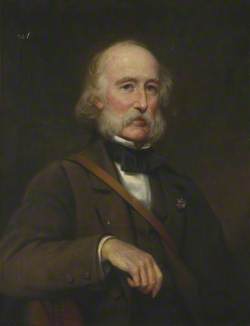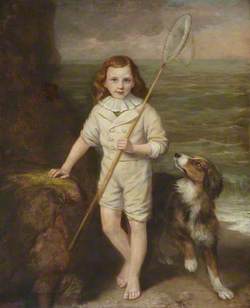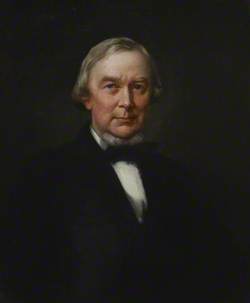How you can use this image
This image is available to be shared and re-used under the terms of the Creative Commons Attribution-NonCommercial-NoDerivatives licence (CC BY-NC-ND).
You can reproduce this image for non-commercial purposes and you are not able to change or modify it in any way.
Wherever you reproduce the image you must attribute the original creators (acknowledge the original artist(s) and the person/organisation that took the photograph of the work) and any other rights holders.
Review our guidance pages which explain how you can reuse images, how to credit an image and how to find more images in the public domain or with a Creative Commons licence available.
DownloadNotes
Add or edit a note on this artwork that only you can see. You can find notes again by going to the ‘Notes’ section of your account.
Sir Edward Henry Sieveking (1816–1904) was born of German parents in England, and educated in both countries. After graduating in 1841 he spent a year visiting continental medical schools, followed by four years practising medicine amongst the English colony in Hamburg. In 1847 Sieveking settled in London and became assistant physician to St Mary’s Hospital, and physician to the London Lock Hospital and the National Hospital for the Paralysed and Epileptic. In 1858 Sieveking invented the aesthesiometer, an instrument for testing the sensation on the skin, and in the same year he published his most important work, 'On Epilepsy and Epileptiform Seizures, their Causes, Pathology, and Treatment' (2nd edition, 1861). He became physician-extraordinary and physician-in-ordinary to both Queen Victoria and the Prince of Wales, as well as vice-president of the Royal College of Physicians, London.
Title
Sir Edward Henry Sieveking (1816–1904)
Date
c.1860
Medium
oil on canvas
Measurements
H 75.6 x W 62.2 cm
Accession number
X106
Acquisition method
gift from A. Forbes Sieveking, 1933
Work type
Painting
